We are constantly in search of solutions to pressing twenty-first-century challenges. But our well of ideas seems to be running dry. Annette Kehnel argues the modern age is over and our so-called ‘modern’ problem-solving strategies are holding us back, and actually stifling innovation. It is time to look to the past to reframe our thinking and reclaim old ideas that have worked for humanity over centuries.
Why is it that, despite our frantic search for solutions to the challenges of the twenty-first century, we find ourselves gradually running out of ideas? The trouble is that we’re attempting to fix the problems of the future using ‘modern’ strategies. The term ‘modern’ may evoke progress and innovation, but this ‘modern age’ of ours is, historically speaking, already more than two centuries old. This means that we are endeavouring to solve twenty-first-century issues using frameworks developed in the late eighteenth and nineteenth centuries – the same frameworks that facilitated the rise of the modern era.
___
We are still stuck in the nineteenth century, approaching problem-solving using a system of coordinates that is nearly two hundred years old.
___
Back then, the three magic words were ‘progress’, ‘growth’ and ‘wealth’. They guided our political, social and economic actions, and brought about considerable advances. Industrialisation, the French Revolution, nation states and democracy were what made nineteenth- and early twentieth-century Europe ‘modern’. Then, the second half of the twentieth century unexpectedly dished out a second helping: while people were still suffering from the deep wounds inflicted by two world wars, modernity served up an economic boom on the back of a sharp spike in consumption and the birth of the throwaway society. Ever since the Western industrialised nations embarked on the dizzying ascent that was the ‘economic miracle’, we have tried, like junkies, to maintain our high, or at any rate to recapture it again and again. The last few decades might have worked out quite well for us, but we’ve lost our taste for it for some time now, having been presented with the final bill: micro-plastics in the oceans, glyphosate in our food, and CO2 in the atmosphere; all irreversible and with serious consequences for the entire planet. Yet rather than face reality, we yearn for the good old days, lock, stock and barrel. ‘Life used to be so nice!’ we cry, and sit there like grumpy toddlers with an empty bag of sweets, whining for more. We’re simply out of ideas – unless the idea is to have even more growth and even more wealth. We are still stuck in the nineteenth century, approaching problem-solving using a system of coordinates that is nearly two hundred years old. Admittedly, that system was perfect for devising things like revenue optimisation models, returns on investment and ways to squeeze the last drop out of our resources, but when it comes to matters not related to profit maximisation it is getting us nowhere.
___
In order to have a clear view of the future, let us turn to the past.
___







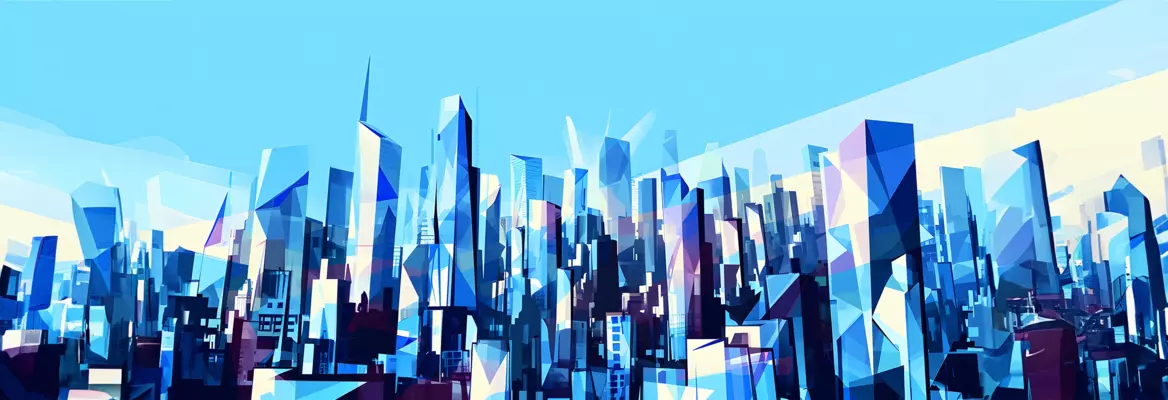


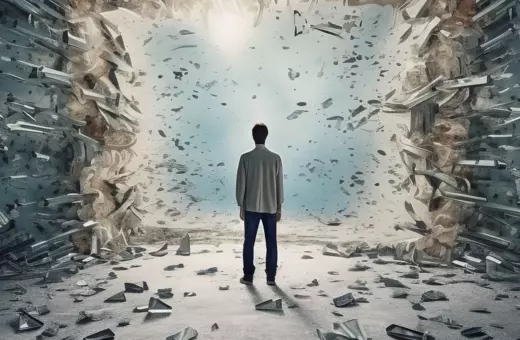



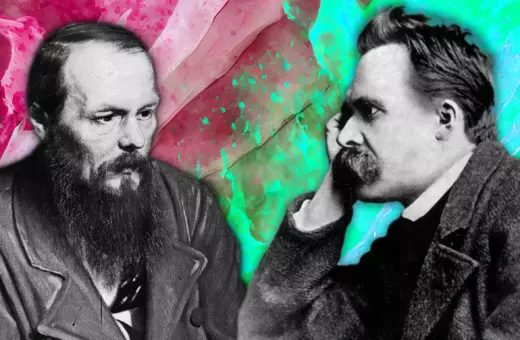

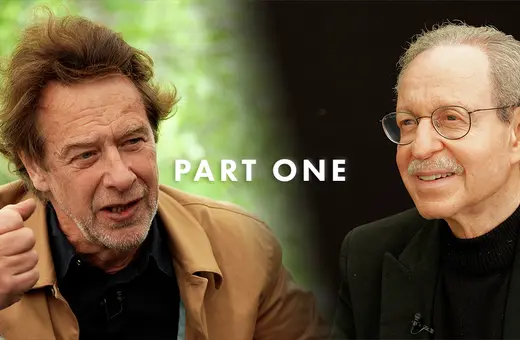
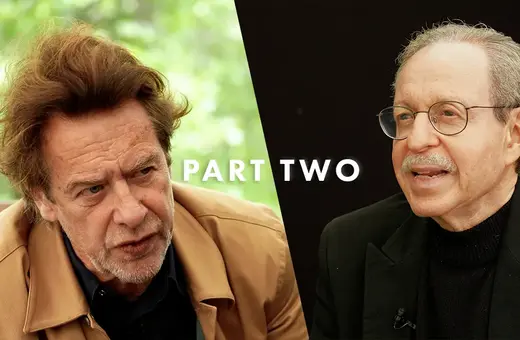



Join the conversation